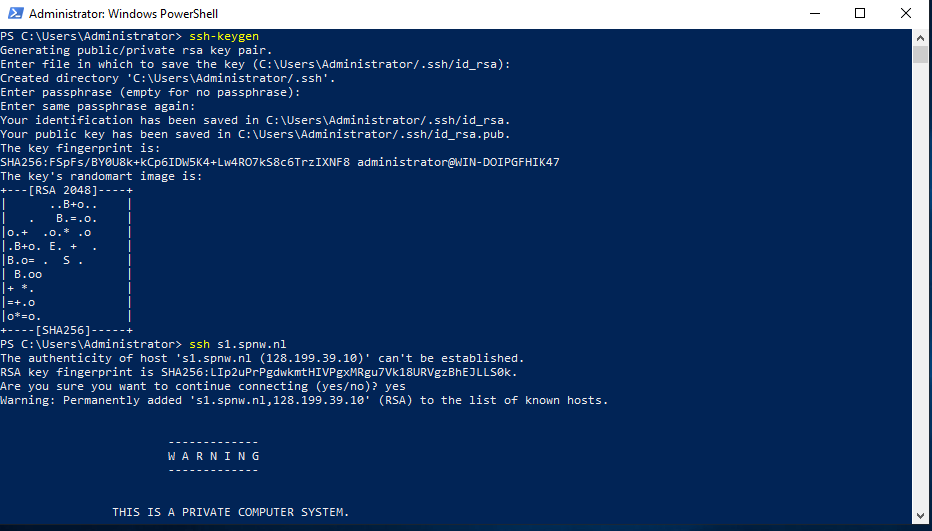
Restart Firewall: firewall-cmd -reload 6. To allow the SSH port 22 on CentOS 8 Linux run: firewall-cmd -zone=public -add-port=22/tcp -permanent In case even after performing all the steps, you wouldn’t be able to access the ssh server from the client due to a firewall, then allow it. To disable it in future (options command) run: sudo systemctl disable sshd 5. This will also make sure that you won’t need to start it every time manually. If you want to start the SSH automatically every time you reboot your system. You will see a green color “ active (running)” text on your screen that will confirm everything is fine. To know after starting the SSH service whether it is working perfectly or not. In case you want to stop it, the command will be sudo systemctl stop sshd 3.

Start OpenSSH server SSH daemon: sudo systemctl start sshd However, after successfully activated it we could easily connect and establish a secure connection. Start SSH service on CentOSĪfter the installation, we need to start the service of OpenSSH otherwise, we would not be able to access it via any client tool from Windows, Linux, or other systems.
#OPENSSH SERVER INSTALL#
The single command will install both OpenSSH client and server daemon- sshd on the system. Thus, one command and it will be on your machine. The installation of OpenSSH is very simple as it is already there on the official repository of CentOS.

Open Command terminal on CentOS 8, if you are using the CLI version then you already there. The below-given steps for the installation of the OpenSSH server will work not only on the CetnOS 8 but earlier versions as well such as 7 & 6.

Change the default SSh port on CentOS 8/7 (optional)


 0 kommentar(er)
0 kommentar(er)
